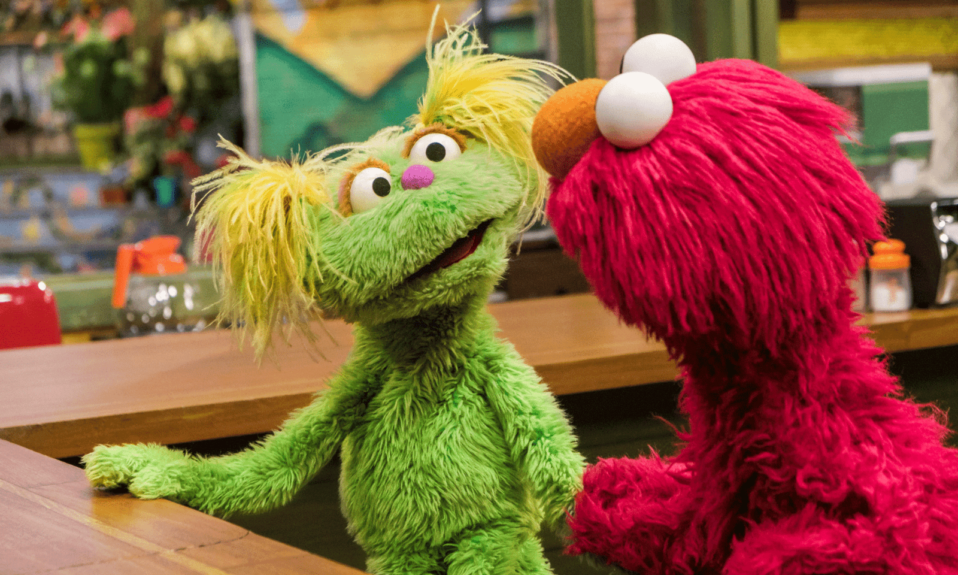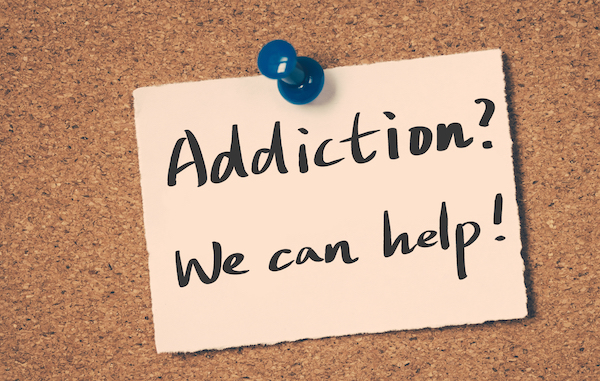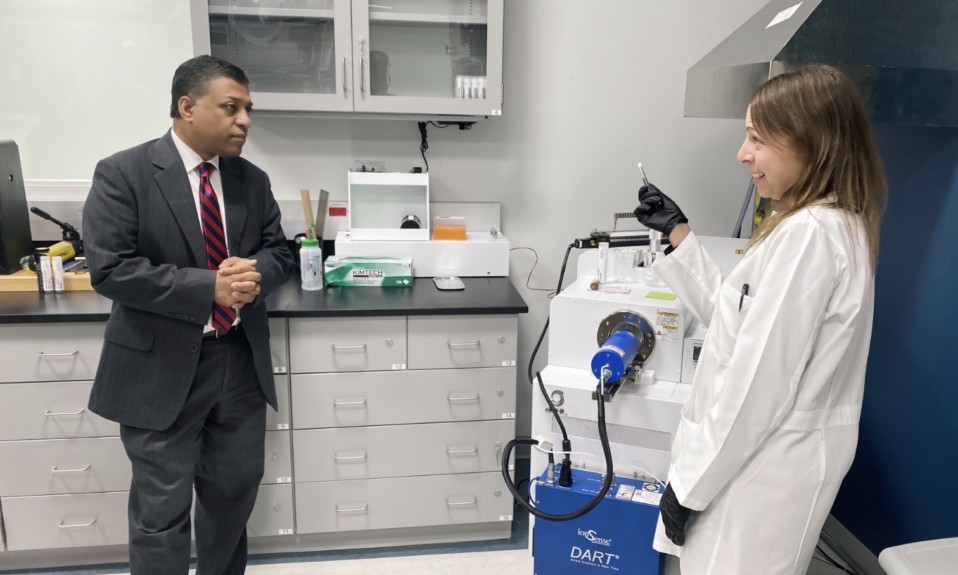Sesame Street’s Kama Einhorn explains how this lovable character helps brings a complex issue home for kids and families
By Jason Langendorf
Kama Einhorn has written more than 40 books for children and is the senior content manager for Sesame Workshop’s U.S. Social Impact group, developing multimedia outreach materials for children, parents and providers. It is her work with Jerry Moe, Sis Wenger and others who gave voice to Karli, the first Sesame Street character whose narrative arc includes a parent struggling with addiction. TreatmentMagazine.com spoke with Einhorn about Karli’s character development and the project’s goal to help address family addiction in terms children can begin to understand and process.

Q: What was the impetus for adding Karli to the show?
A: We’re particularly focused on serving the most vulnerable children and communities [as Sesame Street has been since 1969] and meeting them where they are and where their needs were at the moment. In the beginning, of course, it was literacy. And now it’s more social, emotional, the work that we’re doing. So we’ve done a lot around traumatic experiences. Some of the worst things that can happen to a child are things we’ve been able to address and to really reach them where they live. We’ve addressed grief, parental incarceration, family homelessness, divorce, the challenges that come along with having a parent serve in the military. Under the umbrella of trauma, we know there are specific experiences in the child’s life that really deserve a specific set of resources and strategies to help them cope.
With people who are in recovery, or who have children or grew up with a parent with addiction, we’re especially moved when they write us and share anecdotes and talk about how they wish they had had [these resources] when they were growing up or how they could have used them to speak to their children before they were in recovery. It’s been overwhelmingly positive. People fell in love with this little lime-green girl.”—Kama Einhorn , writer who helped create Karli for Sesame Street Workshop Social Impact group.
Q: How much are you involved in bringing to life a character on the show?
A: We were able to suggest with Karli, for instance, that we wanted a little girl who looks slightly vulnerable but also playful and with sort of an open, optimistic face that could show that combination of kid-like and vulnerable. We consider if the puppet should be a monster puppet or a humanoid puppet. So Ernie and Bert are more human-looking, and Grover is more of a monster. Here, we really went for this big, fluffy, green feathered look, just because everyone fell in love with it. And those ponytails really came to say a lot about who she was. So we work closely with the builders to come up with a sort of an ambassador for the topic.
Q: And at that point you begin working with specialized experts like Jerry Moe?
A: Exactly. We convene an advisory board and sometimes advisors from previous topics. We had a general trauma initiative, they were telling us, “You should address substance abuse more specifically.” And foster care was another recent one that we did. So they’ll tell us, “Here’s what’s happening in the field. Here’s the data. Here are the numbers of young children in this situation. And here’s why the need is growing.” For us, it’s all based on the need.
Q: Initially, Karli’s storyline was meant to focus on her foster status, but then it evolved to include a mother sorting through her substance use disorder. How did that unfold?
A: We knew there was this unfortunate overlap between the two issues. We knew that a very high percentage of children in foster care are there because of the substance abuse of a parent. So we knew that the communities, a lot of them, would be using both at the same time—but also that they’re standalone. So we’re not assuming that every child is in this position. But we knew we could have this character’s narrative arc.
Q: How important is the language itself for Karli’s character?
A: That’s a great question. We usually go around and around with all of our advisors on terminology. Ultimately, of course, we want to be accurate. We want to say what the science is saying, right? What’s the most commonly used terms in the field? What are the experts telling us? But mostly for the show, when we’re focusing on kid-facing content, it’s about what language we can really use with the kids that’s going to be simplest for where they are developmentally in their own language. “Substance use disorder” is not something we used when we spoke directly to kids. We used “addiction.” In some of our adult-facing materials, like for providers and parents, we’ve used them interchangeably. But that’s exactly the kind of thing we look to our advisors to tell us. Usually, it’s some of the first things we ask them in our advisory meeting. Then we’ll work on language throughout, like the explanations of substance abuse, child-friendly explanations about what drugs are, what alcohol is, what addiction means. We’ll really fine-tune those explanations and wind up using them again and again. You know: “It’s a sickness, but not the kind you catch, like a cold.” That is something we heard again and again. Kids need to know this.
Q: What sort of feedback have you received about Karli’s character?
A: The social media feedback we get, the response is always really overwhelming and beautiful—to see it launch and then have this immediate response, a lot of gratitude. With people who are in recovery, or who have children or grew up with a parent with addiction, we’re especially moved when they write us and share anecdotes and talk about how they wish they had had [these resources] when they were growing up or how they could have used them to speak to their children before they were in recovery. It’s been overwhelmingly positive. People fell in love with this little lime-green girl.













